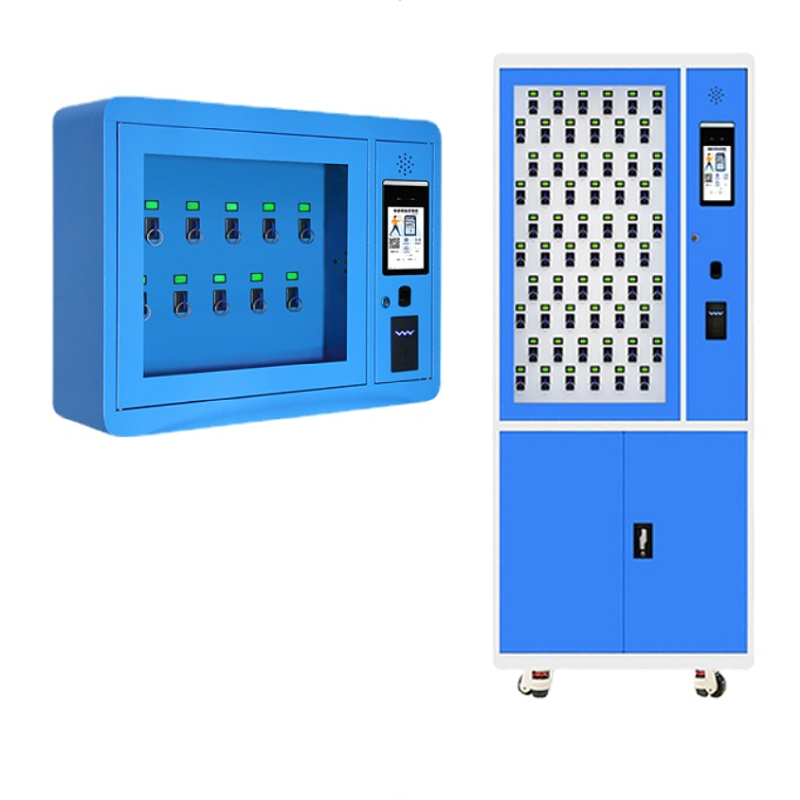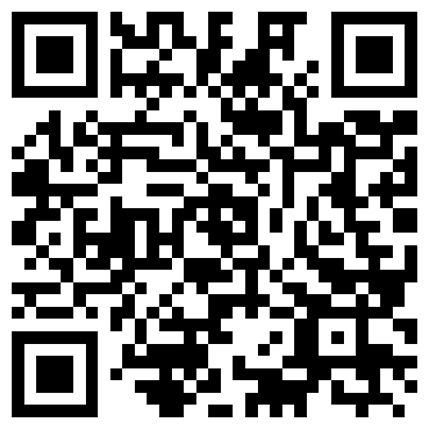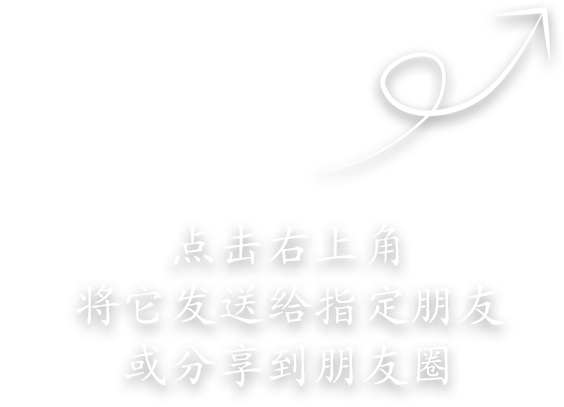Testing Procedure Over Current Relay
Overcurrent relay testing is essential to ensure that the relay will correctly operate during fault conditions. Here is a step-by-step procedure for testing an overcurrent relay:
1. Visual Inspection:
2. Verification of Relay Settings:
--> Check and document the current settings of the relay, including pickup current, time delay settings, and any other relevant parameters.
3. Secondary Injection Test:
--> Connect Test Equipment:
- Disconnect the relay from the protection circuit.
- Connect the secondary injection test set to the relay's current inputs.
--> Set Test Current:
- Set the test current to a value below the relay’s pickup setting to ensure the relay does not trip.
- Gradually increase the current until the relay picks up. Note the current value.
--> Verify Pickup Current:
Compare the measured pickup current with the relay’s settings. It should be within the manufacturer’s specified tolerance.
--> Time Delay Test:
- Set the test current to a value higher than the pickup current.
- Measure the time delay from when the current is applied to when the relay trips.
- Compare the measured time delay with the relay’s time-current characteristic curve and the settings.
--> Dropout or Reset Test:
- Gradually reduce the current until the relay resets. Note the current value and verify it is within the acceptable range.
4. Reconnection and Final Checks:
- Reconnect the relay to the protection circuit.
- Perform a final visual inspection to ensure all connections are secure and in the correct configuration.
Overcurrent relay testing is a critical aspect of electrical power system maintenance, ensuring safety, reliability, and compliance. Regular testing helps identify and rectify issues before they lead to significant problems, ultimately protecting both the electrical infrastructure and the people who depend on it.












